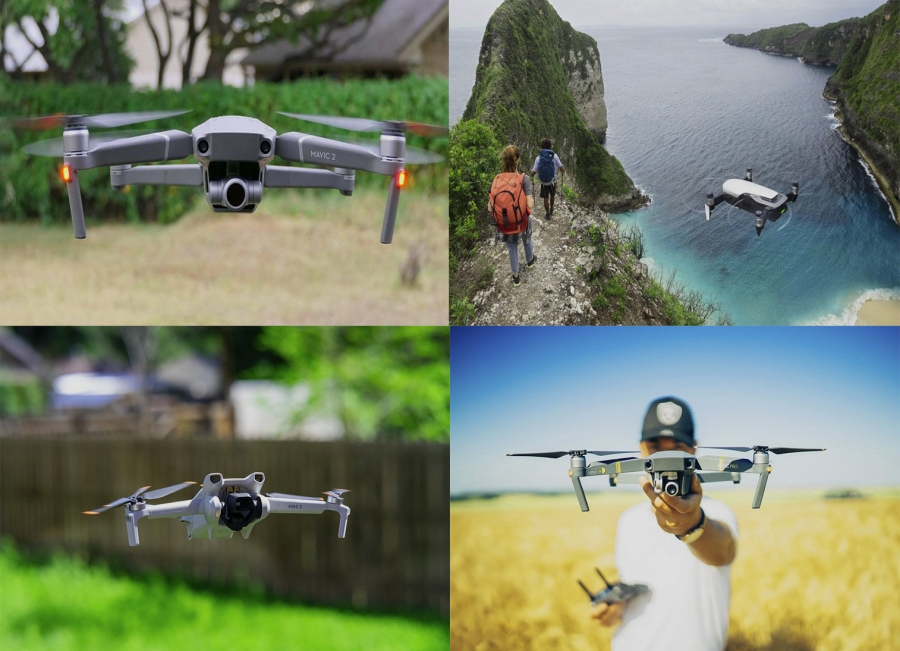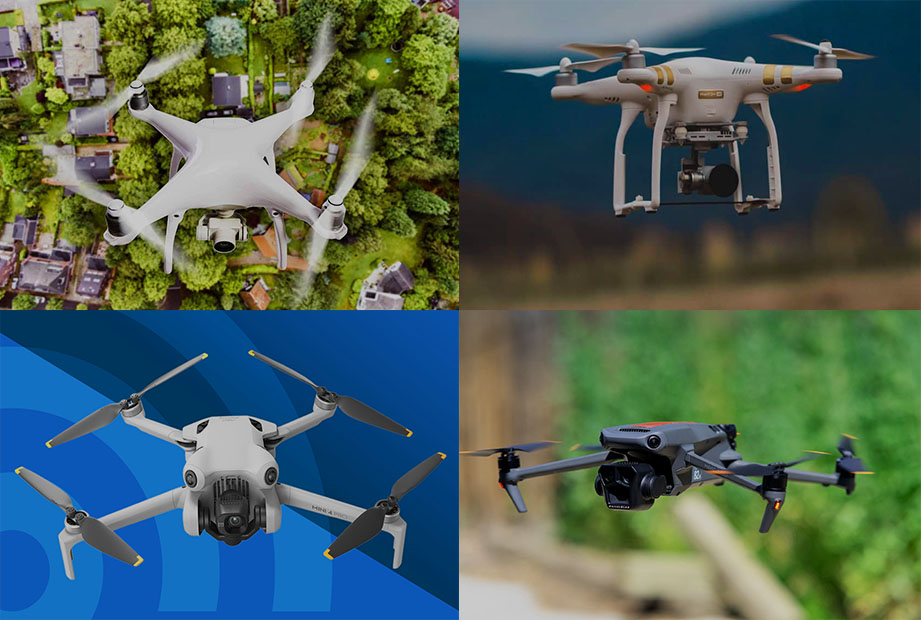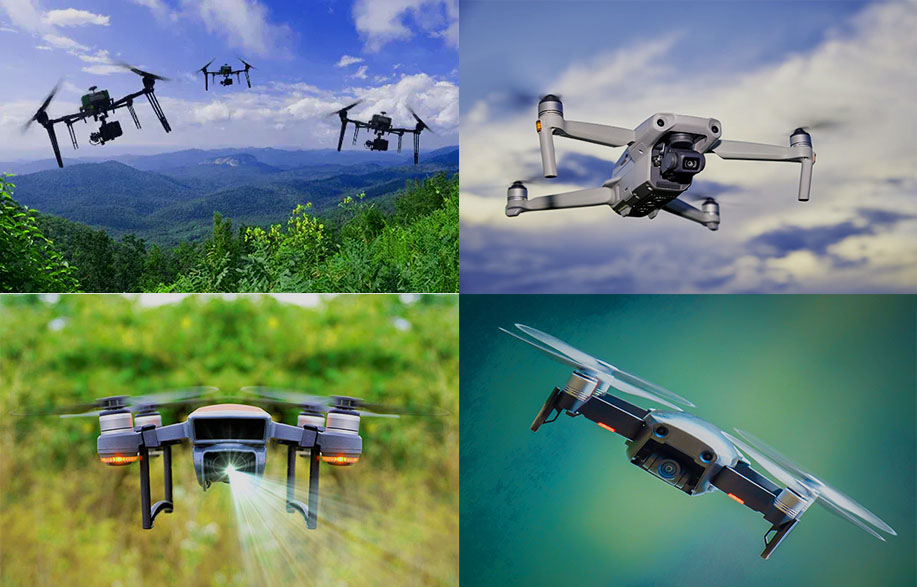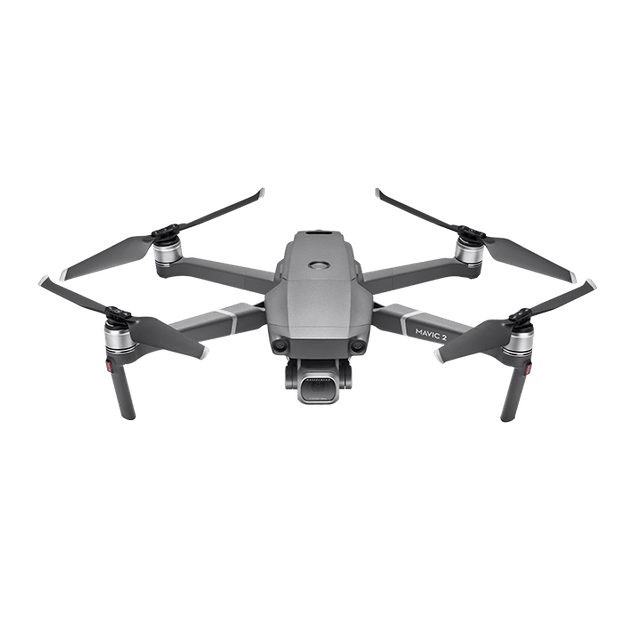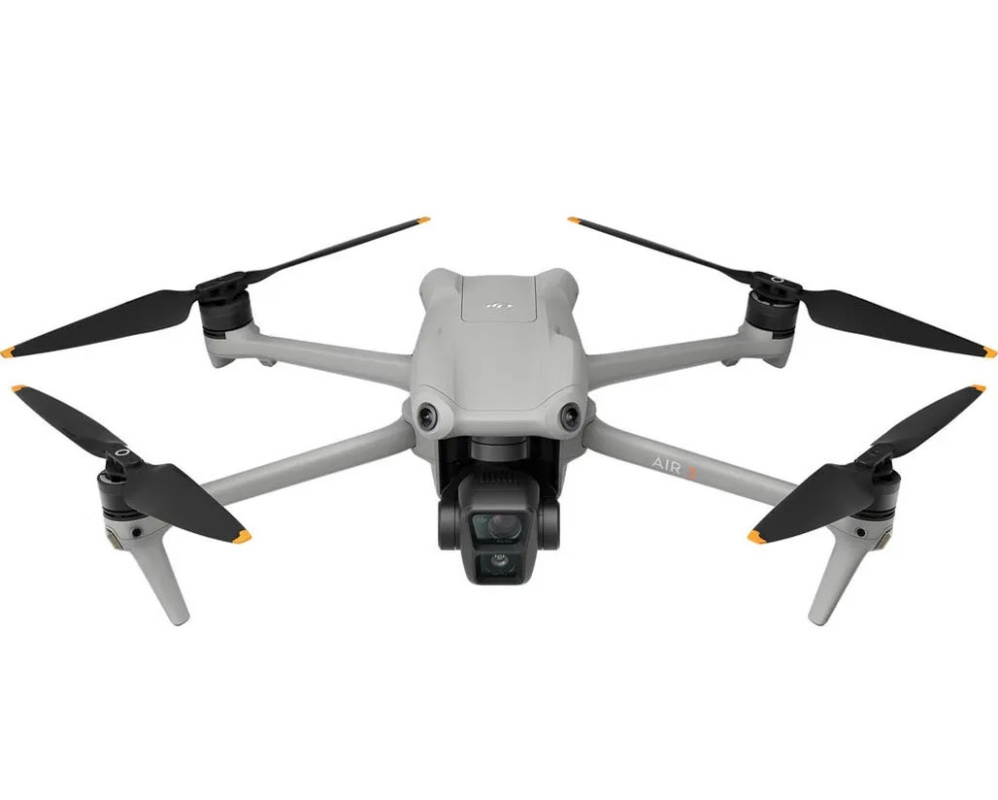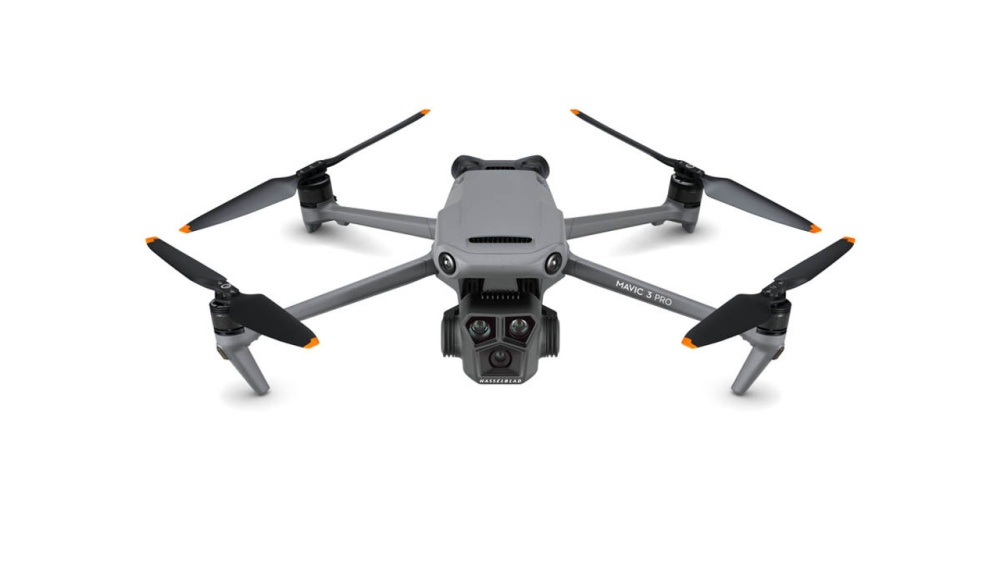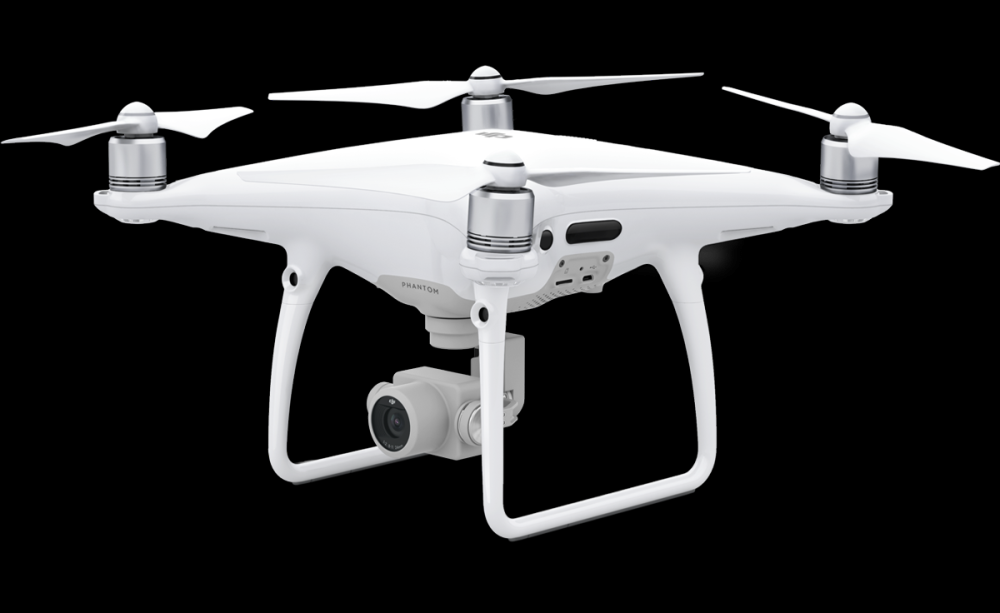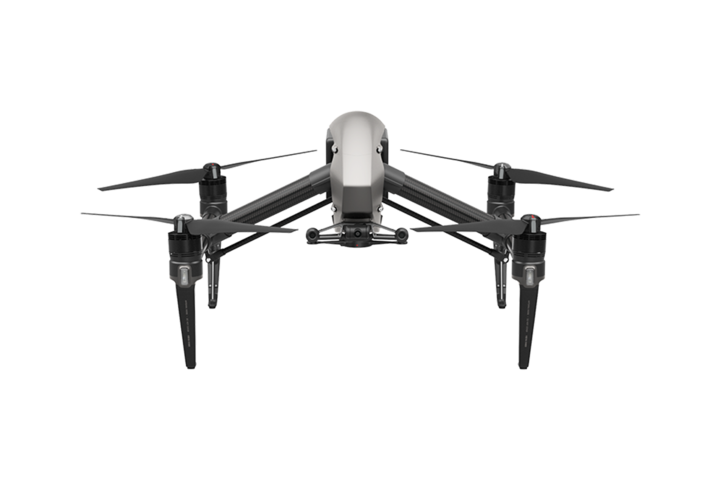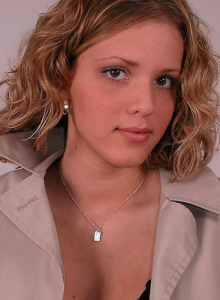The art of aerial photography using drones opens up new horizons for people, allowing them to capture mesmerizing shots from heights previously accessible only to helicopters or airplanes. Every day, more photographers are entering the world of aerial photography, mastering this captivating form of photography.
For those who are just starting their journey in drone aerial photography, it is helpful to familiarize themselves with a previous article on choosing the best camera drone. This publication highlights key aspects that will help you make an informed decision when selecting a drone for aerial photography, including safety features, the type of video transmission system, artificial intelligence capabilities, portability, and the level of support and maintenance. Begin your journey into the world of aerial photography with confidence, knowing that your drone choice will be deliberate and will support you in creating captivating shots.
Image Quality: A Key Aspect in Choosing a Drone for Photography
In the world of photography, image quality plays a crucial role, and it is no less important when selecting a drone for aerial photography. Even basic knowledge of camera components suggests that the direct link between the sensor and image quality is fundamental. The same holds true for drones, where a 1-inch sensor has become the new gold standard in the consumer drone market, used in innovative models like the Mavic 2 Pro and the professional Phantom 4 Pro V2.0 for photography. For unparalleled power in the realm of aerial photography, the Inspire 2 with the Zenmuse X5s camera equipped with a 4/3 format CMOS sensor exists.
An indisputable fact is that a larger sensor makes shooting in low-light conditions easier, instilling confidence even in nighttime photography.
However, test results confirm that both the Mavic Pro and Phantom excel in daytime photography as well, delivering high-quality images in any conditions.
Do You Need 4K Video?
When choosing a drone for videography, it's important to determine the video resolution you require. Drones can have video resolutions ranging from HD to 4K. If your video processing tasks involve adding simple filters and publishing on platforms like Facebook or Instagram, a resolution of 1080p may be sufficient. However, if you are a vlogger or involved in cinematic filming, working in 4K format will provide you with more possibilities. When processing video, scaling, cropping, and rotating can reduce resolution, affecting image sharpness. Starting with a 4K resolution ensures you have an additional buffer for video editing.
It's also worth paying attention to the "FPS" (frames per second) parameter in the drone's specifications. FPS indicates the number of frames the camera can capture each second. Typically, 24 or 30 frames per second provide sufficiently smooth video, but for special effects like slow-motion, 60 frames per second may be required.
Is RAW/DNG Format Support Important?
If you're not involved in processing photos in Lightroom or Photoshop, you might consider skipping this aspect. However, almost every photographer does at least some level of image processing. In the case that your drone supports the RAW/DNG format, it opens up additional possibilities in post-processing. The RAW/DNG format records all the data obtained from the camera's sensor. This is particularly crucial when shooting in low-light conditions, such as at night. The RAW/DNG format provides photographers with more freedom and possibilities in image processing.
Buy a Drone with a Pre-installed Gimbal
The gimbal is a key component that ensures the stability of video recording. Many budget drones offer gimbals as additional accessories or may not provide installation options at all. Achieving stable video without a gimbal is practically impossible. It's always preferable to choose drones where the gimbal is already pre-installed. The DJI Phantom series is known to be the first consumer drone equipped with a three-axis gimbal.
The Mavic 2 also utilizes a miniature three-axis gimbal specifically designed for compact drones, setting the standard in stabilization systems. This ensures high stability in video recording under various shooting conditions.
Don't Worry Too Much About Flight Time
It's a fact. Most photo drones are not capable of staying airborne for more than 30 minutes, and the drone industry has yet to offer a definitive solution to this challenge. Drones with a flight time of over 20 minutes are considered leaders in this field. It is recommended to prefer models with the maximum possible flight time, such as the Mavic 2, which provides an impressive 31 minutes in the air.
Additionally, it's important to learn how to make the most efficient use of every minute of flight and consider the option of purchasing extra spare batteries to avoid interrupting your shoot due to battery discharge.
Intelligent Functions: Expanding the Capabilities of Drones for Photography
Choosing high-quality drones for photography is justified not only because of the excellent image quality but also due to the incorporation of advanced and expensive flight controllers that provide additional shooting capabilities. Modern drones come with intelligent features that enable automatic object tracking, following predefined waypoints, creating selfies, gesture control, and much more. Different drone models offer unique functional capabilities.
For example, the Mavic 2 Zoom is equipped with a 2x optical zoom, allowing for capturing larger close-ups without physically getting closer to the subject. The Phantom 4 Pro features a mechanical shutter that helps avoid distortions when capturing moving objects. The professional-grade Inspire 2 model supports dual-operator control, expanding creative possibilities when working with the drone. Such intelligent functions make the use of drones for photography more versatile and convenient.
Choose Popular Models
Opting for a popular drone model comes with numerous advantages, especially for beginners. One of the main benefits is the ease of finding answers to questions. With a popular model, you can quickly find solutions on forums where many issues have already been discussed and resolved by other pilots. Additionally, there are hundreds of useful tips, instructions, and tutorial videos available on platforms like YouTube, significantly easing your path to mastering drone control and aerial photography. Another advantage is the availability of an extensive range of additional accessories that can be easily purchased to enhance your overall drone experience.
RECOMMENDATIONS
Mavic 2: Flagship Drone for Enthusiasts and Professionals.
The Mavic 2 represents a flagship model of consumer drones, ideally suited for both enthusiasts and professionals. You have the choice between two versions: Pro and Zoom.
In the Pro version, you get a Hasselblad camera with a 1-inch sensor, ensuring high image quality. Meanwhile, the Zoom version is equipped with a 1/2.3-inch 12MP sensor and a 2x optical zoom, providing more flexibility in shooting.
Both versions offer up to 31 minutes of flight time and video transmission up to 8 km. Additionally, the drone features an omnidirectional collision avoidance system and intelligent flight modes, making it user-friendly and ensuring flight safety. The Mavic 2 becomes the perfect tool for those aiming for high-quality aerial videography and photography.
Key Features:
- Two options: Pro and Zoom
- Up to 31 minutes of flight time
- Max speed of 72 km/h
- Video/control transmission up to 8 km
- Collision avoidance sensors on all sides
- Creative auto shooting modes, such as DollyZoom and Hyperlapse
Mavic Air: Professional Drone in a Compact Package.
The Mavic Air is a professional-grade drone that fits into a small and compact frame. This drone is perfect for enthusiasts and those seeking high-quality photography while ensuring convenience and portability, allowing it to be with you wherever you go. However, its advantages go beyond just portability.
The Mavic Air can capture photos at 12MP resolution and record videos in 4K at 30 frames per second. These technical specifications allow it to compete with the best photo drones on the market. The combination of portability and high performance makes the Mavic Air an attractive option for those looking for a mobile and professional solution for aerial photography.
Key Features:
- 430 g weight
- Up to 21 minutes of flight time
- Max speed of 68 km/h
- Advanced Pilot Assistance Systems (APAS)
Mavic Pro: Versatile Drone with High Performance
The DJI Mavic Pro is rightly known for its versatility, essentially being the "Swiss Army knife" among drones. This drone has the capability to capture 12MP photos, record videos in 4K resolution at 30 frames per second, and fly at a distance of up to 7 km while staying in the air for up to 27 minutes.
But that's not all: the Mavic Pro is also equipped with a three-axis gimbal, providing stability during shooting. Additionally, it features a variety of intelligent modes and an advanced flight safety system. This drone is a universal solution for those seeking maximum performance, a variety of features, and a high level of safety in a compact and portable device.
Key Features:
- Up to 27 minutes of flight time
- Max speed of 65 km/h
- FlightAutonomy system detects and helps navigate around obstacles
- Intelligent flight modes (ActiveTrack, TapFly, Gesture)
Phantom 4 Pro V2.0: Professional Drone with Additional Features
The DJI Phantom 4 Pro V2.0 is designed for professional photographers and represents an enhanced version of the original Phantom 4 Pro with additional features. One of the most notable upgrades is the new remote controller that supports the OcuSync video transmission system. This allows for switching between frequencies of 2.4GHz and 5.8GHz to ensure high-quality video transmission up to a distance of 7 km.
Equipped with a 1-inch sensor capable of capturing 20MP photos and 4K video at 60 frames per second, the Phantom 4 Pro V2.0 provides the highest quality among the available models in this drone series. This drone offers professionals the capability to capture impressive and high-quality aerial content.
Key Features:
- Up to 30 minutes in the air
- Max speed of 72 km/h
- OcuSyncHD remote controller providing communication up to 7 km
- Intelligent modes: ActiveTrack, TapFly, Draw
Inspire 2: Professional Drone for Photographers and Cinematographers
The DJI Inspire 2 is a revolutionary drone designed specifically for professional photographers and cinematographers. This powerful drone boasts remarkable features:
- Ability to shoot video in 6K resolution and CinemaDNGRAW, providing outstanding image quality.
- Acceleration from 0 to 80 km/h in just 5 seconds and a maximum speed of up to 93 km/h, making it easy to achieve the necessary speed for filming.
- Support for dual-operator control, allowing the responsibilities for drone and camera control to be divided.
- Separate FPV camera for more accurate navigation during flight.
- 360-degree rotating gimbal, providing a wide range of shooting possibilities.
The Inspire 2 is an excellent choice for those aspiring to establish their own business and achieve cinematic quality in aerial filming.
Key Features:
- Up to 27 minutes of flight time
- Max speed of 94 km/h
- Interchangeable Zenmuse X4S, X5S, and X7 cameras
- Dual battery system
- Battery self-heating
When choosing the right drone for you, first identify your key requirements. For example, many beginner photographers may not need Hollywood-grade quality. Once you determine the required image quality, it will be much easier to choose a model.
No matter what level of quality you're looking for, DJI has something that will meet your needs. From the consumer Mavic 2 series to the professional Inspire 2, there are drones for everyone!

